There were fair skies and a buzz in the air 125 years ago over the Windy City on May 1, 1893. It was the first day of Chicago's hard won effort to host the newest world's fair, themed the World's Columbian Exposition. Three quarters of a million people filled the park on opening day, and nearly 28 million would visit the fair over the next six months.
President Grover Cleveland opened the fair. In the ceremony's crowning event, the president "pressed the electric key...and set the vast machinery of the vast Exposition in motion." The Tribune's review of the opening commented not only on the events of the day, but also looked forward to the coming months that would help define the fair's legacy: "the fruits of human activity, which are stored within the vaulted buildings...are bounded only by the horizon of time. In them are wrapt the progress of a thousand onward years."
The fairgrounds earned the nickname the "White City" on account of the 200 some Beaux Arts style temporary buildings, all painted white, that covered Jackson Park. The "White City" served as inspiration for poet Katherine Lee Bates, "alabaster cities" in her poem "America, the Beautiful" and may have inspired the Emerald City dreamed up by Wizard of Oz author, L. Frank Baum. The fair's official photographer, C.D. Arnold documented the building of the "White City" and fair.
Souvenir advertisements and ephemera are reminders of some of the products that were first introduced or made popular at the fair. Companies and products, like Pabst Brewing Company and Juicy Fruit chewing gum are still familiar today. Others have faded into memory, much like the temporary structures that housed them.
Along with these official photographs and trade cards, reminders of the World's Columbian Exposition can still be found. At Chicago Public Library the research collections in Special Collections include artifacts, papers of fair builder and director James. W. Ellsworth and snapshot collections among others. These collections, and others across the city, help document the fair from 125 years ago, and ensure that it will have a lasting memory into the future.

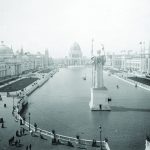
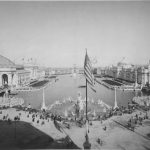

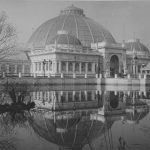
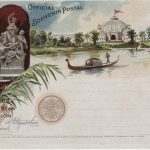

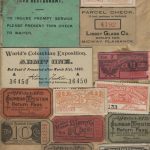
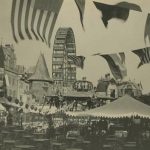
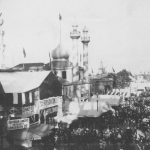
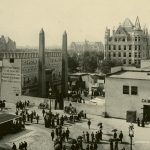


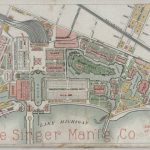
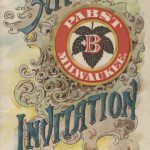

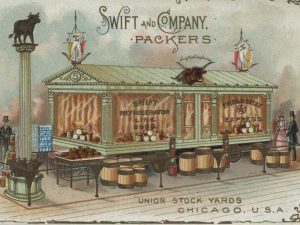

Add a comment to: When the World Came to Chicago